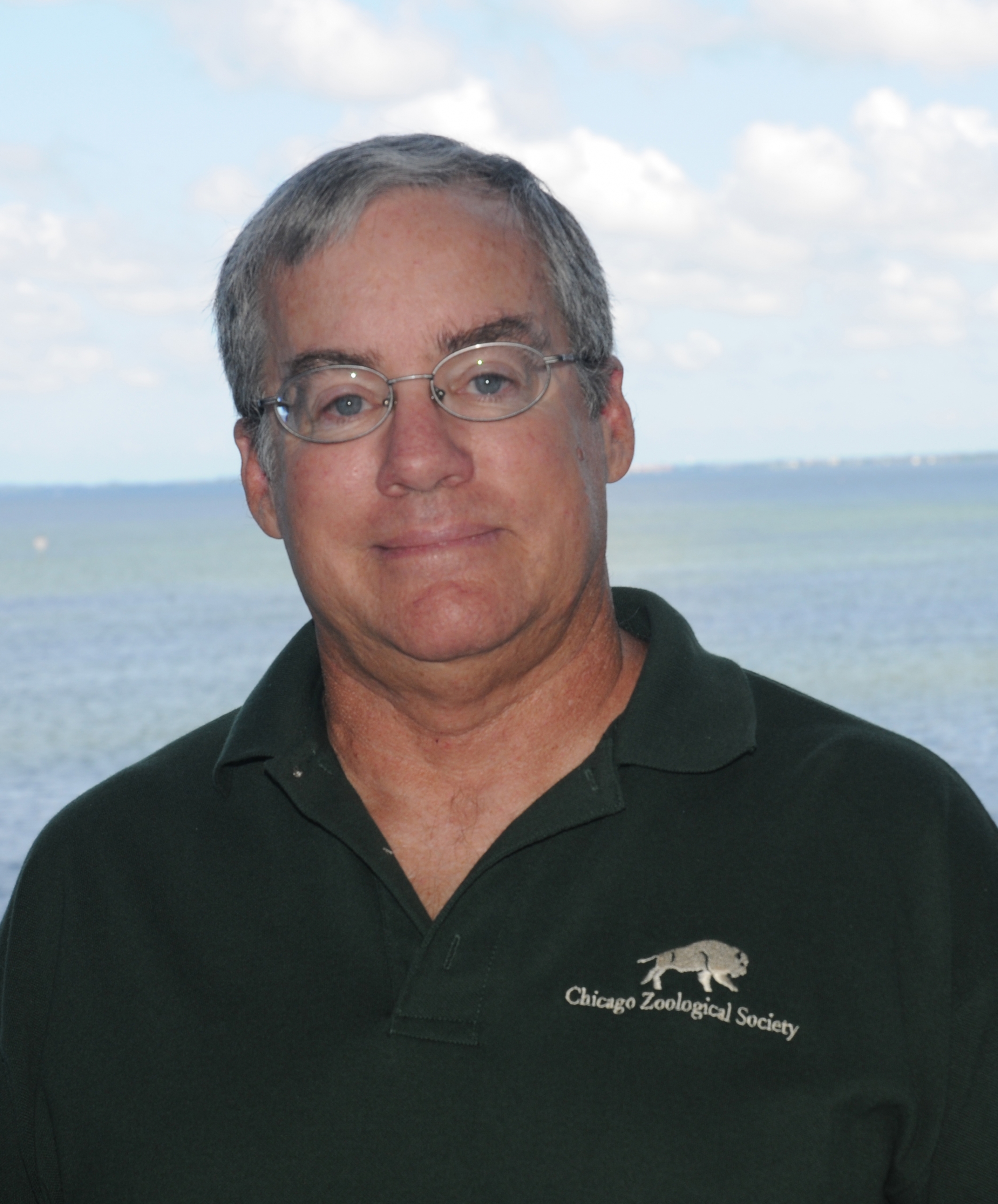This Atlantic spotted dolphin nicknamed Hannah was tagged 45 miles offshore of Sarasota using a new tool we developed.
New Tagging Technique Developed in Sarasota Could Impact Dolphins Worldwide
If you’ve been following our research, you probably know that we employ a variety of techniques to study the  Sarasota Bay dolphin community, including systematic photography of individuals, following individuals and groups from a boat and observing their behaviors, and using underwater hydrophones to monitor dolphins from shore-based listening stations.
Sarasota Bay dolphin community, including systematic photography of individuals, following individuals and groups from a boat and observing their behaviors, and using underwater hydrophones to monitor dolphins from shore-based listening stations.
For some projects, we also learn about dolphins from electronic tags.
Our use of radio-tags and satellite-linked tags for tracking the movements and behavior of dolphins here contributed to the development of the very small transmitters that are today used widely around the world. The early development of digital acoustic archival tags (DTAGs), attached by suction cups for about 24 hours, by Woods Hole Oceanographic Institution (WHOI) scientists and engineers benefited from tests on bottlenose dolphins in Sarasota Bay.
Technological innovations continue today, and I’m really pleased to share with you news about our recent successful test of a new tool we refer to as the TADpole!
In 2014, we began working with engineers and a veterinarian from WHOI to develop a tool that would allow us to remotely attach satellite-linked tags to free-swimming, bow-riding dolphins.
Previously, tag attachments had required catch-and-release or the use of a rifle or crossbow to attach a projectile tag via embedding barbs. The former is expensive and logistically complex — especially with animals in deeper water — and the latter was an approach the SDRP did not want to employ. So we began working to develop a new approach.
I worked with WHOI veterinarian Dr. Michael Moore to develop the concept for the TADpole — short for pole-mounted Tag Application Device — with prototypes designed and built by WHOI engineers. This device uses pneumatic pressure to secure a tag to a dorsal fin with a single pin in just a fraction of a second.
After a great deal of lab and field testing and modification, we took it offshore in August.
On Aug. 15, the tagging team — Field Manager Aaron Barleycorn, Lab Manager Jason Allen, Staff Researcher Jonathan Crossman and me — used the TADpole to deploy a satellite-linked tag on a bow-riding Atlantic spotted dolphin 45 miles offshore of Sarasota, Florida. A standard Wildlife Computers SPLASH tag was attached and we’ve been using it to track the dolphin, nicknamed Hannah, ever since.
In parallel conservation efforts, the tag has already been used to successfully tag great white and whale sharks.
While work remains to be done before the tool is fully ready for prime time, our most recent test proved the engineering concept and, once fully developed, the TADpole has the potential to facilitate much-needed research on offshore dolphins around the world!
Randy Wells





